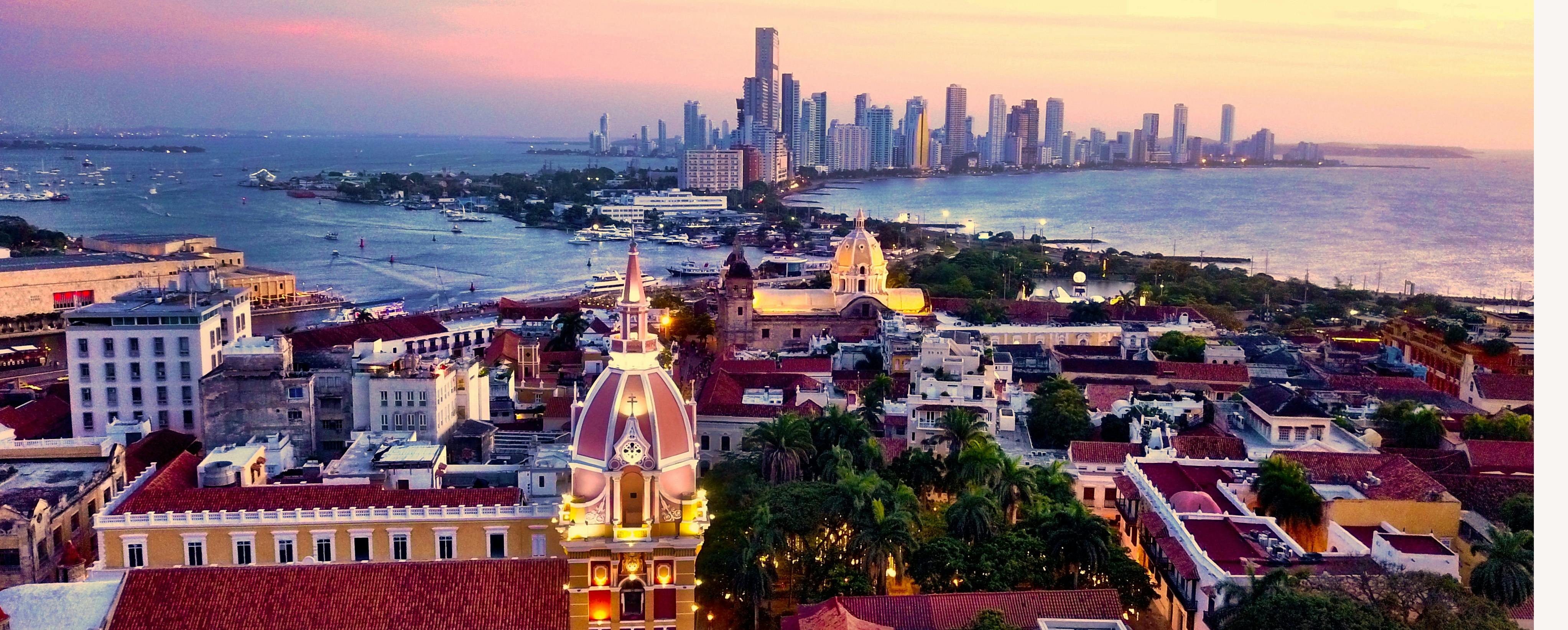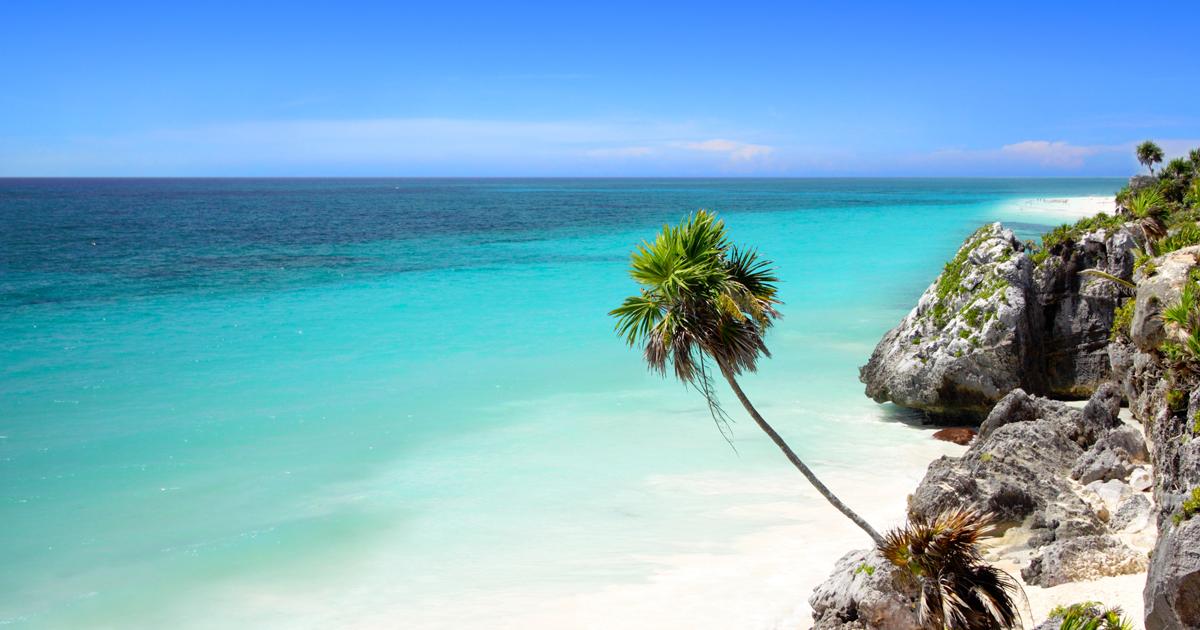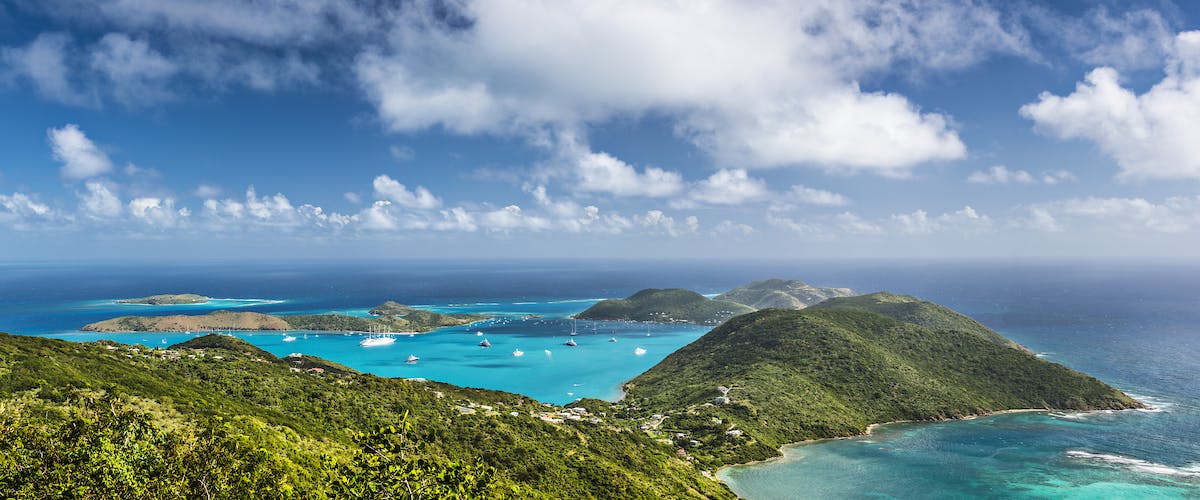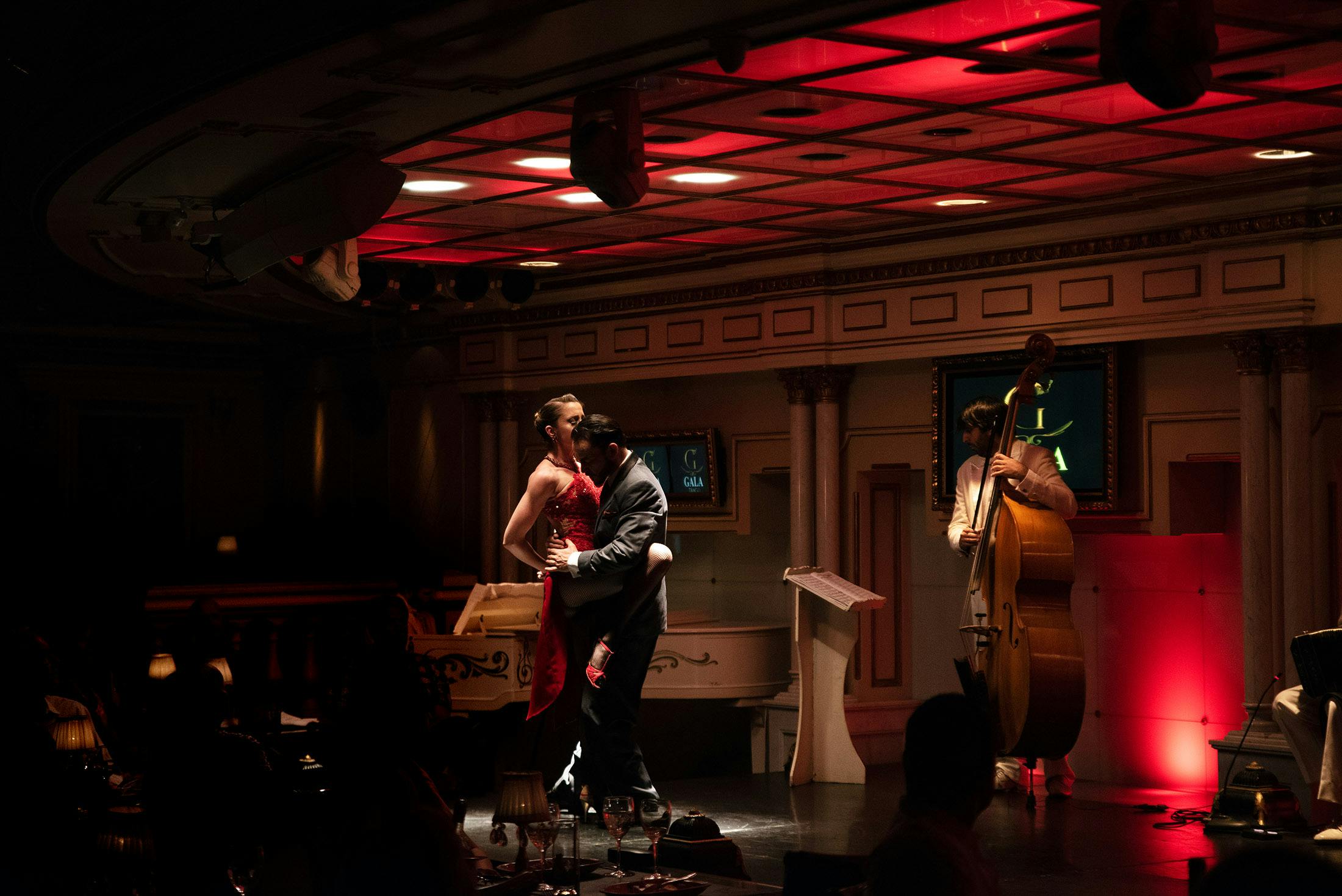Cartagena May Be the Hippest City in South America, Despite an Unhappy History
The only thing hotter than Cartagena’s afternoon sun is the cooking oil sizzling in the pots of the city’s street food vendors. The sun in Colombia can burn you in less than 15 minutes, but that oil turns a flattened slice of a green plantain into a fried crispy patacón in just a few seconds.
Frying an empanada takes a bit longer. Then the woman gives me the empanada wrapped in a thin napkin from which hot oil drips. As I gingerly nibble at it, I realize that unlike empanadas I’ve eaten in other countries, this one is made of corn, not wheat. The woman gives two empanadas to my tour mates, a father and son on a shore excursion from a cruise ship docked at the city’s port.

We gnaw cautiously and follow Kristy Ellis, our guide from Cartagena Connections, to the next stand where tube-shaped cheese-filled pastry is frying. “These are called deditos de queso, which means ‘little cheese fingers,’” Ellis says. They’re a favorite snack among Cartagena college students, partly because they’re a cheap eat.
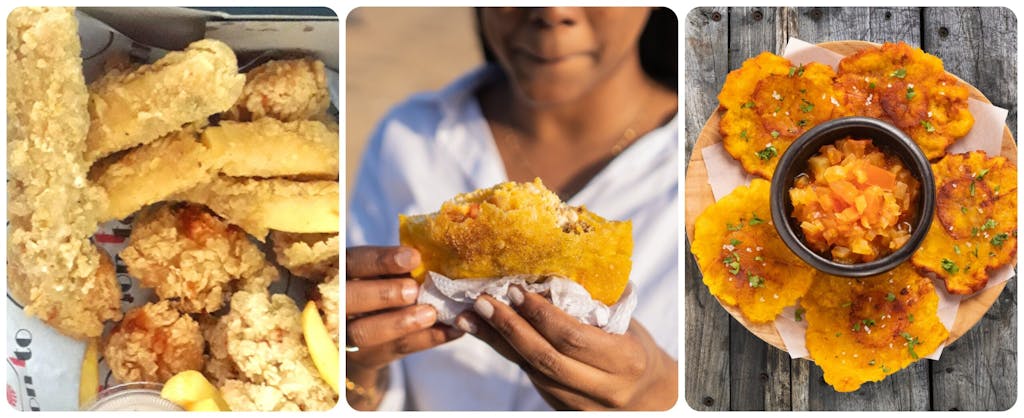
Our food comes with a serving of history, which we also consume while meandering through the narrow pathways of the Walled City, a UNESCO heritage site. The tall, thick stone walls, built in the late 1500s, encircled the city to protect it from pirate raids. Time has ravaged some sections, but six miles remain in Cartagena’s historic center. You’ll find colorful houses, carved Spanish balconies and wooden doors large enough for horse carriages to pass through.
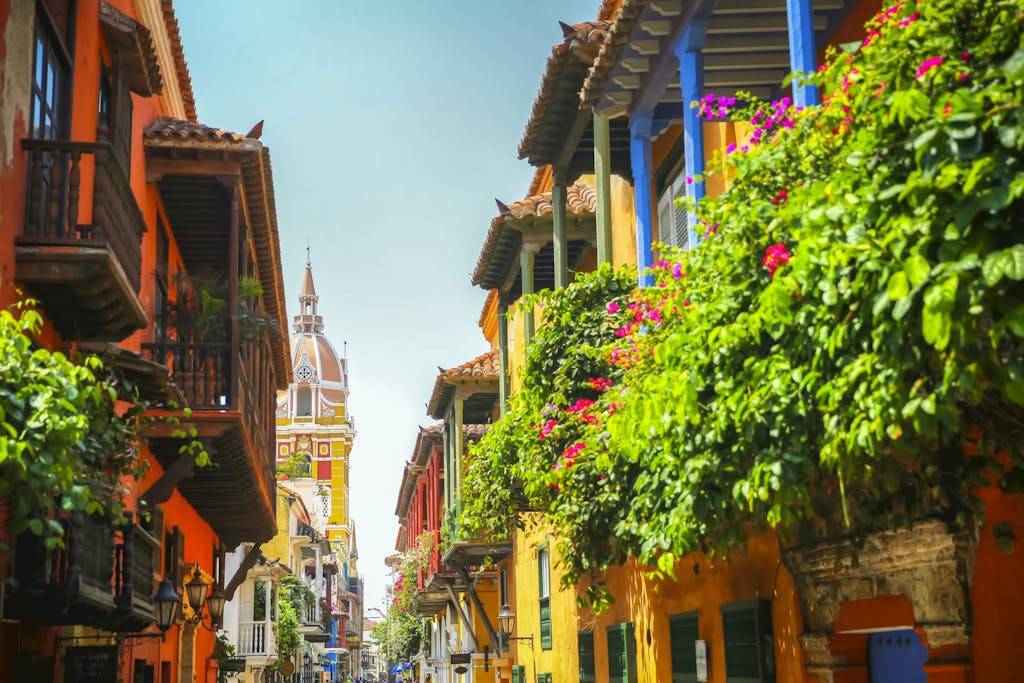
Cars have, of course, have replaced carriages, but you can still get a ride in a horse-drawn buggy through Cartagena’s cobblestone streets, passing the endless cafes, boutique hotels and jewelry stores selling “authentic Colombian gold and emeralds.”
The Walled City harbors some dark history, and bits are preserved in the Palace of Inquisition, which doubles as the Museum of Cartagena de Indias. In its early days, Cartagena was among the largest trading ports trading enslaved people. They were sold on the city’s main square, inside the walls many of them helped build.
Slavery was abolished here in 1851, three decades after Cartagena won its independence from Spain. Today, the legacy of the African people lives on, particularly in the street food delights, including plantains. “It was the Africans who showed the local people how to make them edible,” Ellis tells me.
Partying in Getsemaní

As the afternoon winds down, we head to Getsemaní, once a working-class neighborhood and now Cartagena’s official party central.
“Historically, only rich, white Catholic Spanish were allowed to live in the Walled City, so everyone else lived here,” Ellis says. The Getsemanís were carpenters, masons, shipbuilders and blacksmiths who helped build the city’s wealth and fought for Cartagena’s independence. Their lives and struggles are depicted in the many brightly colored murals, created by local artists and memorialized on the building walls.
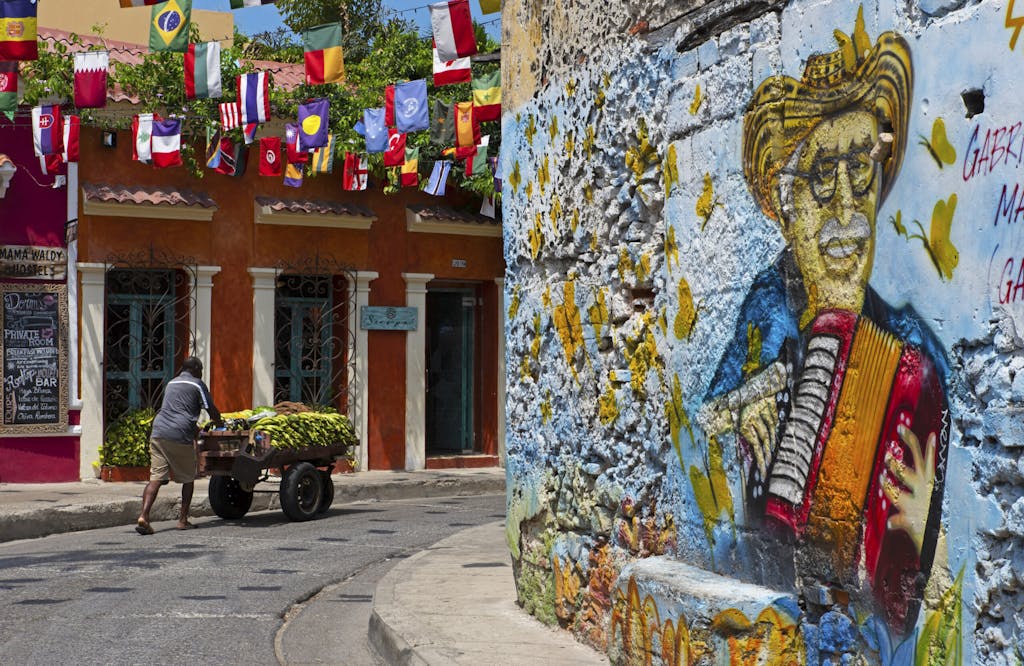
The communal vibe that day feels intense; everyone seemed to know everyone else. Ellis takes us to a B&B where she lived when she moved here from Australia more than a decade ago and decided to stay.
“An elderly lady who runs it makes a specialty frozen dessert, but to buy it, you must knock on the door and ask,” she tells us. Dessert marks the end of our tour. Ellis leaves, the father and son return to the ship, and I stay to watch Getsemaní’s transformation from day to dusk.
During the day, social life in Cartagena flourishes underneath the thick canopy of trees that dot the landscape. That’s where street vendors set up shop, people sit to eat lunch and dogs curl up for naps. At night, streets turn into party lanes, particularly in Getsemaní, where crowds are so thick that walking becomes a challenge.
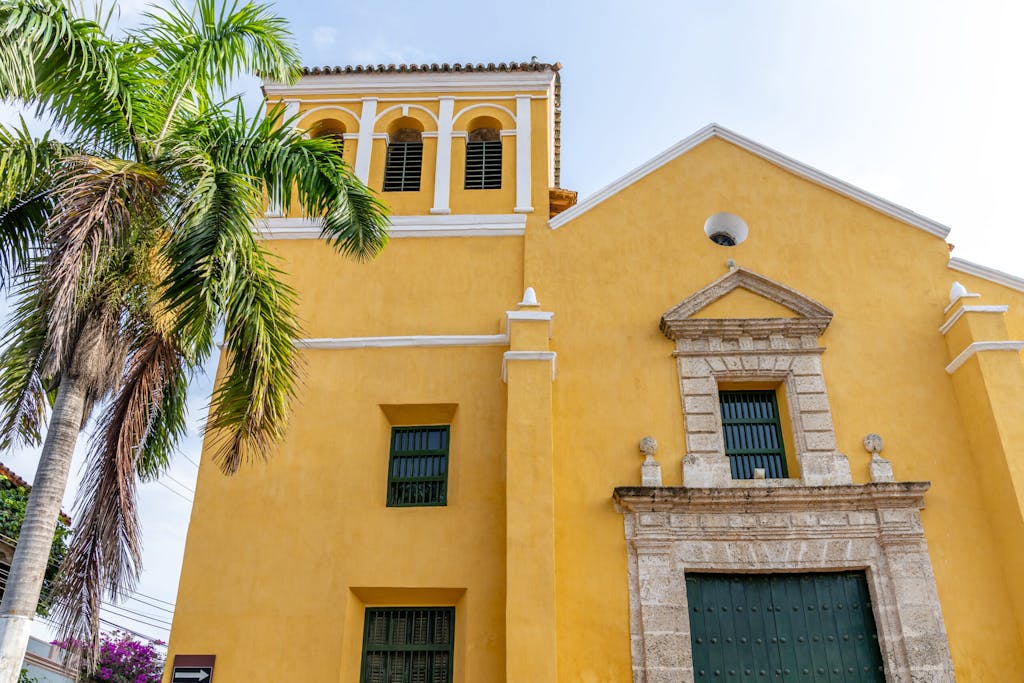
As the sun is setting, the square in front of the yellow Holy Trinity Church fills up with street vendors grilling arepas – flatbreads stuffed with meat or cheese – and rolling papa rellenas – potato croquettes stuffed with meat. Locals and tourists gather on the church steps and drink beer and listen to street musicians.
At dusk, the church opens for a late Mass, just as bar owners set up tables nearby, mixing drinks and offering beers. Sipping a mojito, I make my way back to my Airbnb, which I unwittingly rented at the best overlap of both worlds – in the middle between the Walled City and Getsemaní – and call it a day.
Crafting and crabbing in La Boquilla
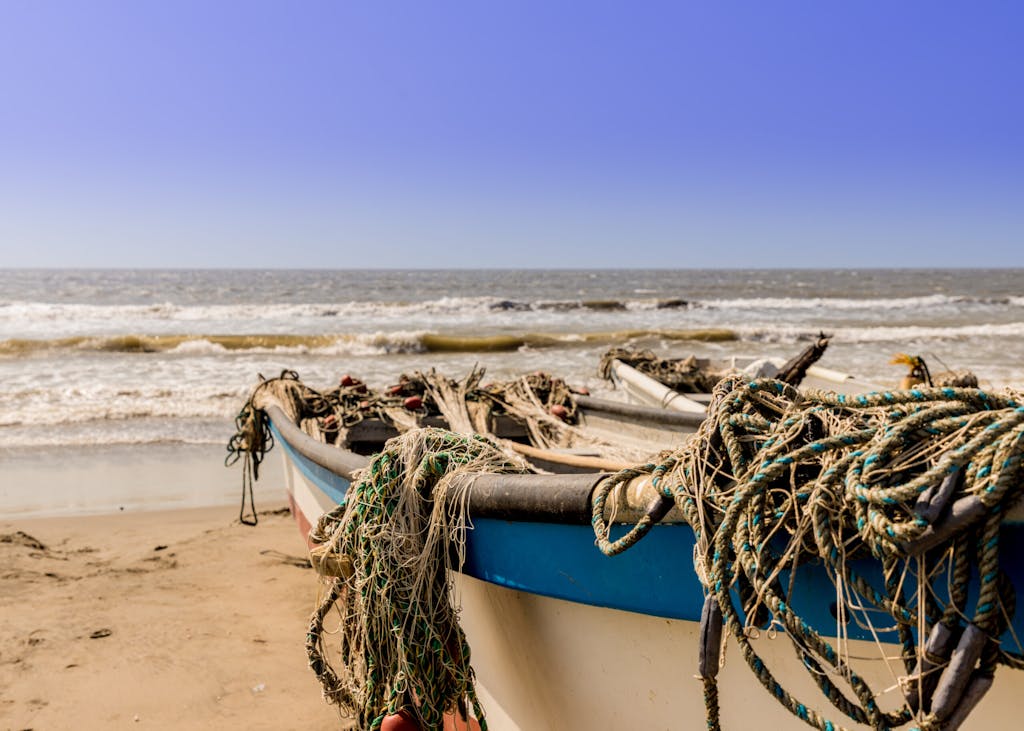
Next morning, I head about 10 miles northwest to La Boquilla with Juan Lombana, a guide from Intrepid Travel, to try my hand at making jewelry from discarded coconut shells. As I practice weaving rainbow beads into a necklace alongside wives of the local fishermen, stories begin to flow.
La Boquilla, a fishing village set among pristine beaches and mangrove forests, enjoyed a simple lifestyle until developers began building beachfront hotels. Locals weren’t happy. Over time, tensions ebbed and flowed but eventually plateaued like a sea after a storm.
Hotels have brought employment, vacationers and money. Local women who traditionally stayed home cooking the daily catch earn extra income by making and selling jewelry, bags and souvenirs. Their husbands still cast their nets, albeit increasingly more often with tourists who come here to fish, particularly for crabs, a local delicacy.
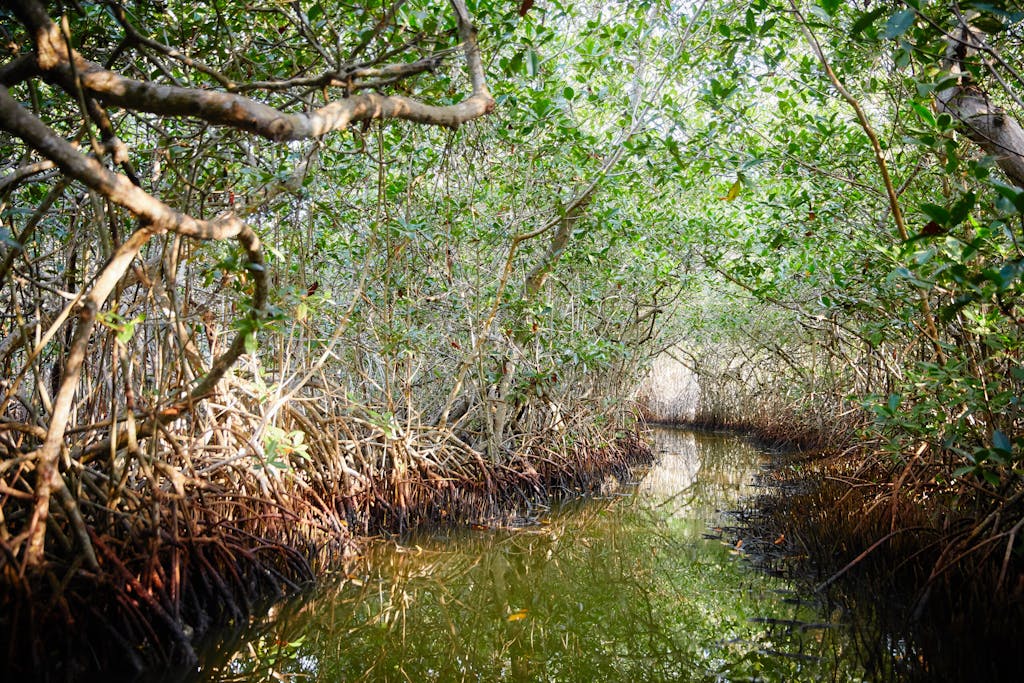
Intrigued by these stories, I venture out to learn how to set up crab traps in the mangrove forests. Surprisingly, I catch a bunch, which become my lunch two hours later, first boiled and then deep fried.
When I return home that afternoon, the electricity goes out. I seek respite on my building’s rooftop in the shade of a massive tree. Its trunk is about the size of a small room, and its canopy covers a plaza that contains four outdoor restaurants and a dozen street vendors.
Was that tree here when Europeans arrived? How did it survive the bombardments, the fires or being cut for timber? Had it witnessed the slave trade and its abolition? In a place where every neighborhood tells a story, I could only imagine the tales this reminder of time could tell.



